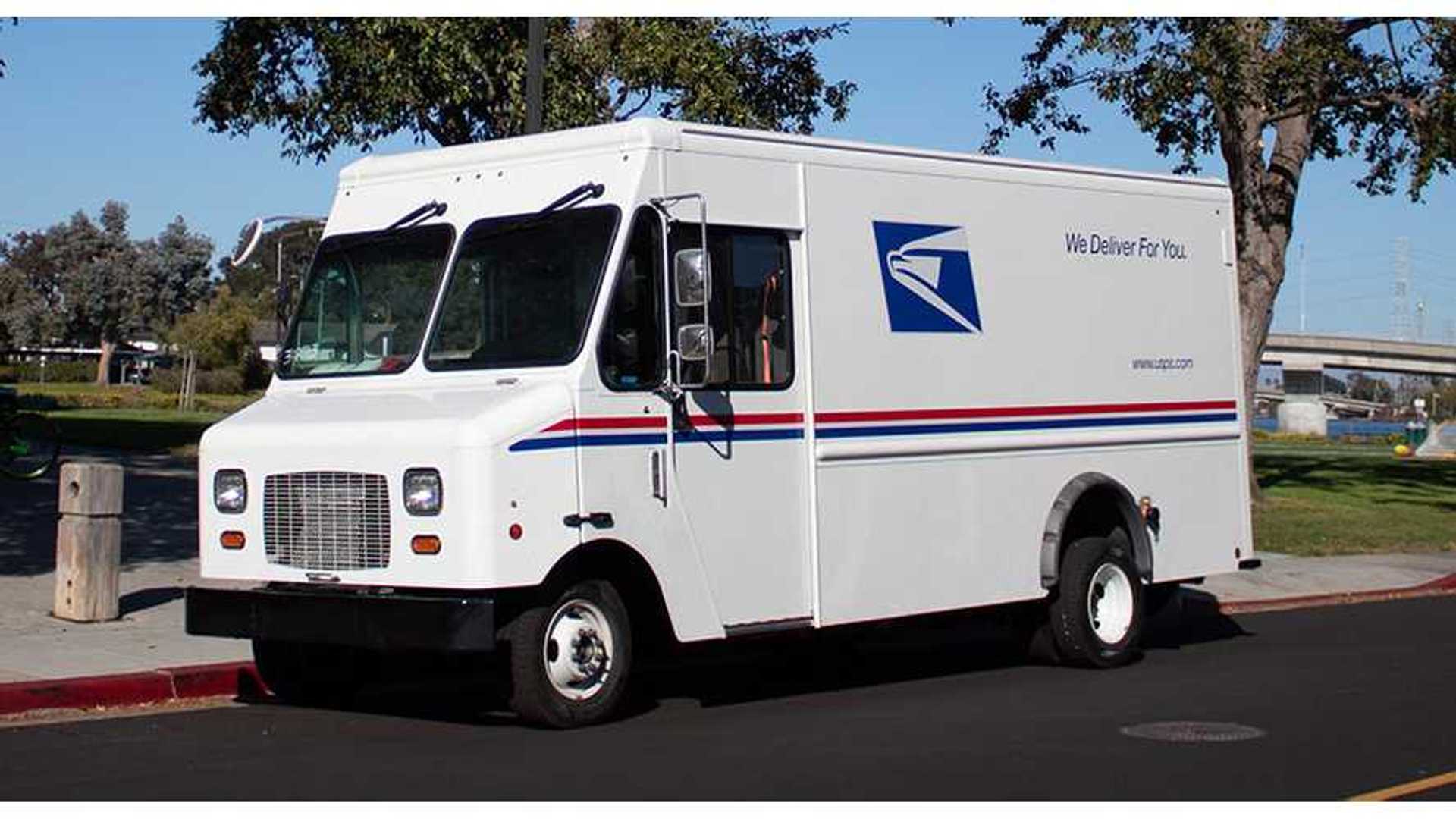
The United States Postal Service (USPS) announced yesterday that it plans to fully switch to buying only electric trucks in the next few years. It wants to deploy some 66,000 of what it calls Next Generation Delivery Vehicles (or NGDVs) into its fleet by 2028, and of these around 45,000 vehicles will be fully-electric.
It expects that of the next 60,000 vehicles it buys, at least 75 percent (or around 45,000 vehicles) will be fully-electric, and then only pure EVs will be added to the fleet after 2026. This is possible thanks to $3-billion in congressional funding courtesy of the Inflation Reduction Act that was signed into law by President Joe Biden.
These vehicles will be sourced from Oshkosh Defense and other specialized manufacturers, but the USPS plans to buy an additional 21,000 COTS (commercial off-the-shelf) vehicles, all of which are expected to be electric. In total, the USPS expects it will spend around $9.6-billion to renew and electrify its fleet, as well as create its own charging infrastructure, and according to Postmaster General Louis DeJoy,
The $3 billion provided by Congress has significantly reduced the risk associated with accelerating the implementation of a nationwide infrastructure necessary to electrify our delivery fleet. While most of the electric vehicle funding will continue to come from Postal Service revenues, we are grateful for the confidence that Congress and the Administration have placed in us to build and acquire what has the potential to become the largest electric vehicle fleet in the nation.
What is less widely understood is that our network modernization initiative is necessary to enable this vehicle electrification and will also provide meaningful cost and carbon reductions in other ways. A key focus of our modernization effort is to reduce inefficient transportation and improve distribution operations.
In its quest to begin the electrification of its fleet, in February of this year the USPS signed a contract to buy 50,000 NGDVs from Oshkosh, of which 20 percent would be fully-electric. Then in July it announced its intention to conduct a Supplemental Environmental Impact Statement (EIS) that pushed the proportion of EVs up to 50 percent – the first vehicles purchased as part of this initiative are expected to begin active service starting in late 2023.







